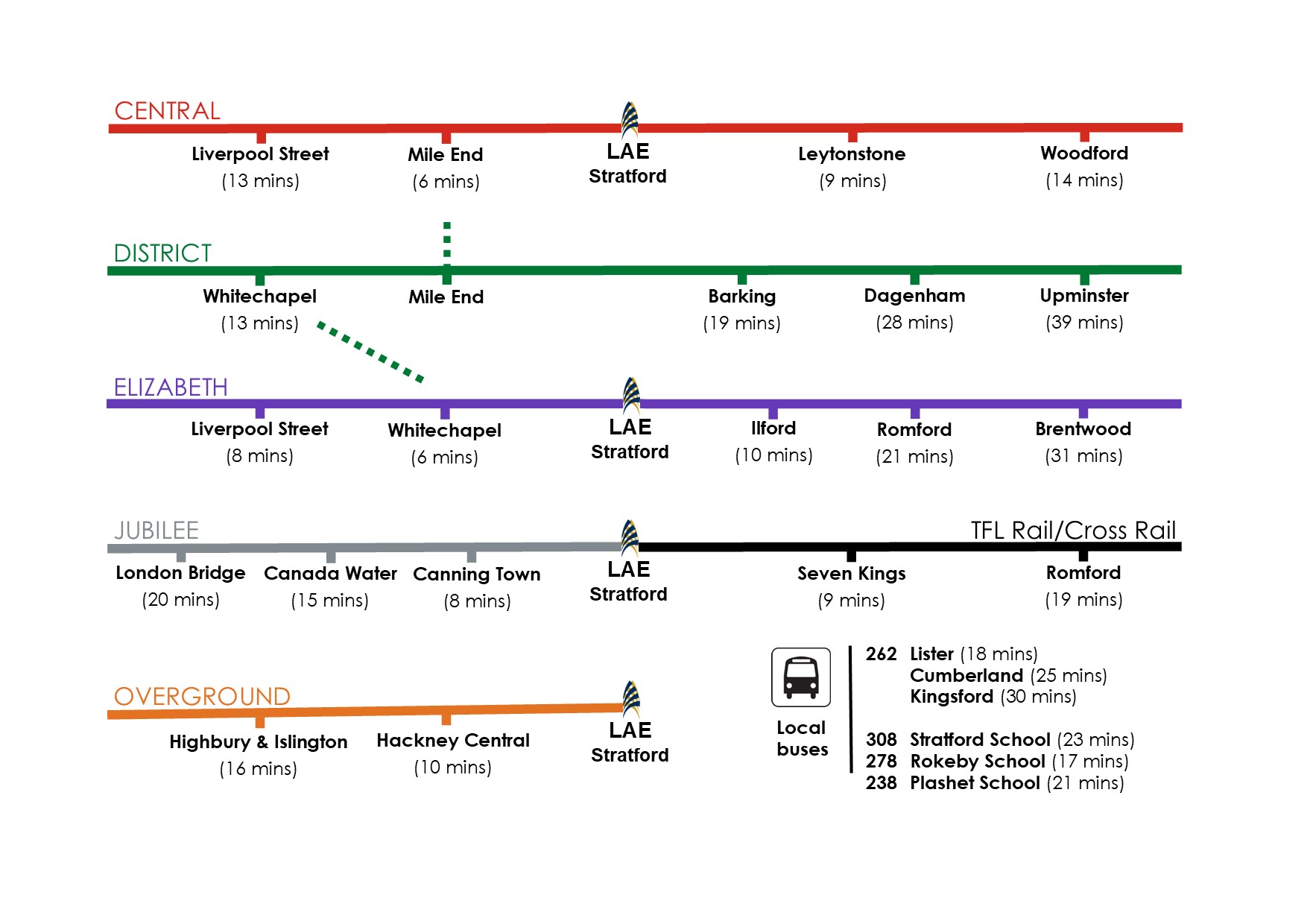 Posted on: 25/04/2024
Posted on: 25/04/2024News
Nature and Happiness Club Birdwatch
Nature and Happiness Club took part in the RSPB’s Big School’s Birdwatch in January. We went to Stratford Park and, for forty-five tranquil minutes, counted and recorded the different species of birds that we saw in different areas of the park.
 While we observed over one hundred and twenty-five birds, the highlight came at the end of our count while we were packing up to leave, a beautiful, green and azure ring-necked parakeet alighted on a nearby tree. While we watched, another parakeet peeked its head out of a hole in the trunk and they touched beaks; they were then joined by a third. Parakeets nest in holes; by touching beaks, they were displaying trust and building a relationship – maybe a prelude to mating?
While we observed over one hundred and twenty-five birds, the highlight came at the end of our count while we were packing up to leave, a beautiful, green and azure ring-necked parakeet alighted on a nearby tree. While we watched, another parakeet peeked its head out of a hole in the trunk and they touched beaks; they were then joined by a third. Parakeets nest in holes; by touching beaks, they were displaying trust and building a relationship – maybe a prelude to mating?
Ring-necked parakeets originate from northern India and Pakistan, and were originally kept as pets by Londoners, eventually being released into the parks. They are now a well-established invasive species, out-competing native birds for both food and nesting sites.
Bird species are also under threat from the climate emergency and habitat loss - we have lost 38 million birds in the UK over the last 50 years.
The count from LAE is below and, compared to last year, we observed more species and more individual birds within each species:
- House sparrow: 25
- Wood pigeon: 25
- Feral pigeon: 24
- Magpie: 9
- Starling: 9
- Black-headed gull: 7
- Carrion crow: 6
- Robin: 4
- Ring necked parakeets: 4
- Herring gull: 4
- Blackbird: 2
- Blue tit: 6
- Great tit: 1
Our observation results, alongside schools and homes around the country, will now help RSPB ecologists monitor what is happening to England’s biodiversity.





































